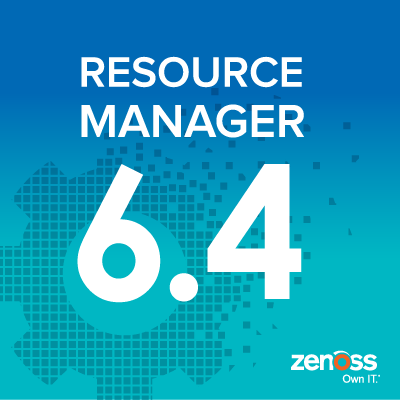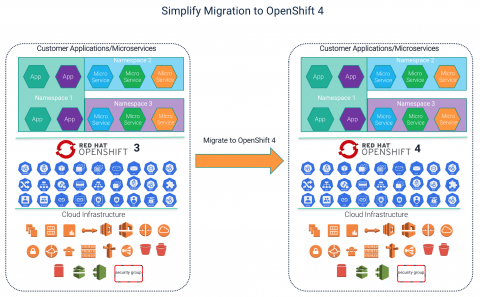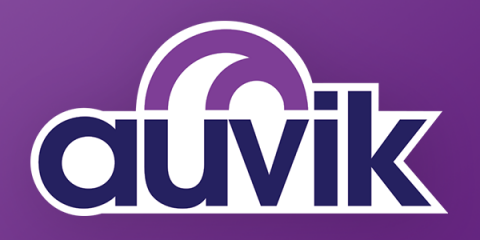Kubernetes Adoption Driving Rancher Labs Momentum
This week Rancher Labs announced a record 161% year-on-year revenue growth, along with a 52% increase in the number of customers in the first half of 2019. Other highlights from H1’19 included: You can find the complete release here. We are grateful to our community of customers, partners, and users for the growth we achieved in the first half of 2019, and we will continue to gauge Rancher’s success in the larger context of enterprise adoption of Kubernetes.











